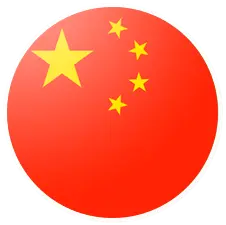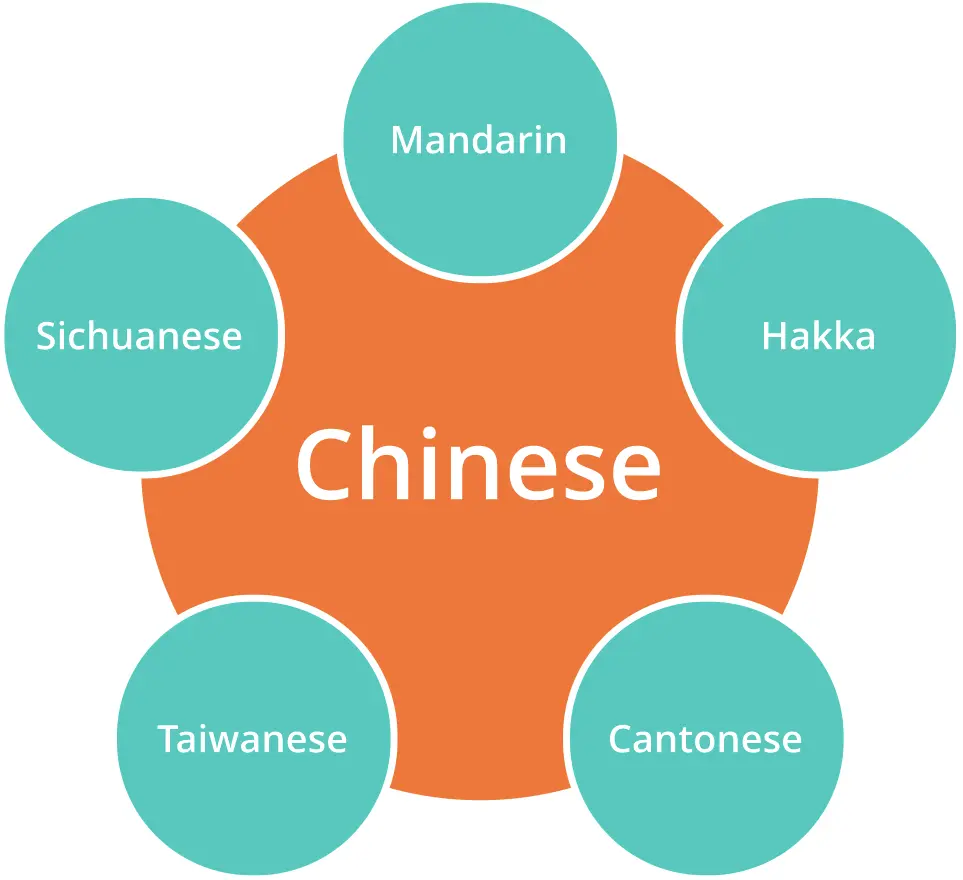
Mandarin Chinese lessons near you: at home, at work, or online
Mandarin Chinese Language Guide
Learning Chinese is one of the best investments you can make, especially if you want to access better job opportunities in the UK and abroad, build stronger bonds with the local Chinese community and discover amazing locations. On top of this, once you can communicate fluently in the language, you’ll be able to enjoy all aspects of Chinese culture more deeply, so if you have an interest in Chinese art, literature, or music, and you want to enjoy them more authentically, start a language course this year and join the billions of Chinese speakers worldwide.
Want some tips and useful resources to get started? If so, keep reading, and you’ll discover the most effective ways to study this fascinating language
How Many People Speak Chinese and Where is it Spoken?
Did you know that there are 1.4 billion people that speak Chinese all around the globe? Although speakers of this language are mostly concentrated in Hong Kong, China, Macao, Taiwan and Singapore, where it has official status, there are also big communities of Chinese speakers in countries like Thailand, the United States, Malaysia, the Philippines and Vietnam. This makes it an ideal language to learn if you’re planning on travelling, or if you want to make friends abroad, so if you are looking for ways of expanding your horizons, don’t hesitate to start learning Chinese today.

The Chinese Writing System
Chinese characters are one of the most fascinating aspects of the language, but also one of the most intimidating for beginners. They are known as hanzi, or Han characters, and they are completely different from the Roman alphabet we’re used to using in English and other European languages, and if you want to read the newspaper in Chinese, you’ll need to learn at least three thousand of them. However, before you attempt to learn your first hanzi, the smartest thing you can do is to learn Pinyin, a system created in the 20th century to help Westerners pronounce words in Chinese more easily. If you do, you’ll be able to know how characters sound, even if you don’t know what they mean, so it can be incredibly useful if you want to say your first few sentences in Mandarin.
If you already know Pinyin, and you’re ready to learn your first Chinese characters, here are some tips you should keep in mind.
- Get a textbook that is specific to characters that helps you learn the basics. If you’re a complete beginner, you can start with Collins Easy Learning Chinese Characters, which goes through 250 common Chinese characters that you’ll use a lot.
- Start by learning radicals, which are simple characters that allow you to make more complex ones, like the radical 人 which means “person”, and is used to build characters related to people like “他” which means “he/him”
- To master a particular character, you’ll need to learn its stroke order. This is very important, so pay attention to this while learning radicals, and it will be easier for you to learn more complex characters later on.
The Chinese Tones
If you want to improve your Chinese pronunciation, the first thing you need to do is master the four different tones. As you might have heard, Chinese is a tonal language, which means they use various pitches to distinguish words. If you’re a complete beginner, it will probably take some time for you to differentiate them, so here are some tips to make it easier for you to make and understand different tones.
The first thing you need to know is that in Chinese, there are four different tones:
- The first tone, which is high and level, and it’s represented in Pinyin with a straight line above letters, like in the syllable mā.
- The second tone, which rises moderately, it’s represented with a horizontal line above letters, like in the syllable má.
- The third tone, which falls and rises again, is represented by a curved “dipping” line above letters, like in the syllable mǎ.
- The fourth tone, which starts out high but then drops sharply, is represented by a dropping diagonal above letters, like in the syllable má.
Now that you know them, you should start to listen to them and see if you can tell them apart. To do this, it’s best you look for recordings of native speakers pronouncing words with different tones, which you can find on websites like this one. Then, try to imitate these sounds, slowly at first, and once you feel like you’ve understood them, start to record yourself and compare your recording to the original audio. If after this you’re still not sure if you’re pronouncing them the right way, get in contact with a native Chinese teacher who can explain to you what you’re doing wrong and help you master the four tones.
Learn to Speak Chinese with a native teacherUseful Chinese Phrases
Learning Chinese won’t happen overnight, however, there are some useful phrases you can learn right now to get by in China without having to ask a guide or any local for help.
| Phrases in Chinese | Pinyin | English Translation |
|---|---|---|
| 那是什么? | nà shì shénme | What is that? |
| 多少钱? | duōshǎo qián | How much? |
| …在哪里? | …zài nǎlǐ | Where is…? |
| 我不懂 | wǒ bù dǒng | I don’t understand |
| 叫警察 | jiào jǐngchá | Call the police |
| 谢谢! | xiè xie | Thank you! |
| 我不会讲中文 | wǒ bù huì jiǎng zhōngwén | I don’t speak Chinese |
| 你会讲英文吗 | nǐ huì jiǎng yīngwén ma | Do you speak English? |
| 你好 | nǐ hǎo | Hello |
| 再见 | zài jiàn | Goodbye |
| 你可以帮我吗? | nǐ kěyǐ bāng wǒ ma | Can you help me? |
Although learning Chinese might be daunting at first, if you put in the work, it can be extremely rewarding. If you’re ready to get started, and you want someone to help you achieve your full potential, reach out to us at Listen & Learn. We offer amazing Chinese courses that are completely personalised to our student’s needs and goals, so whether you prefer face-to-face, online, individual or group lessons, contact us today, and we’ll find the perfect language course just for you!



